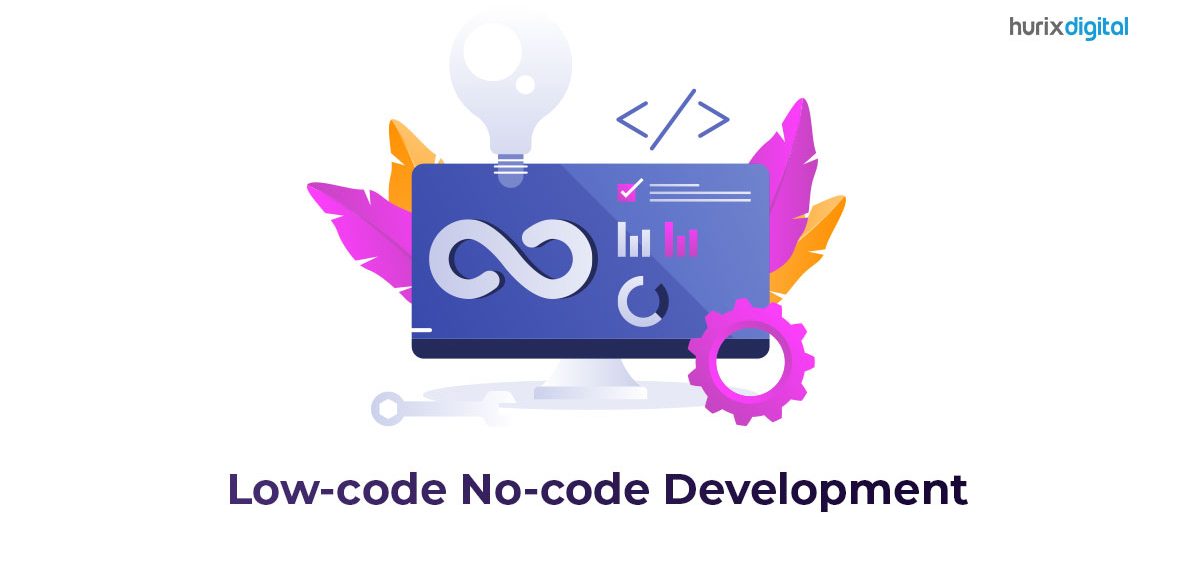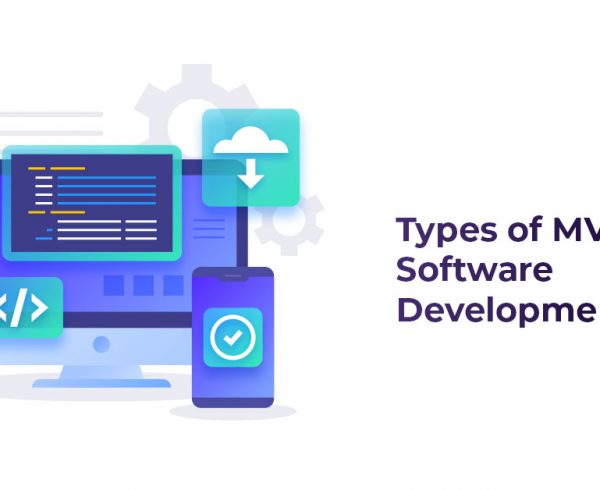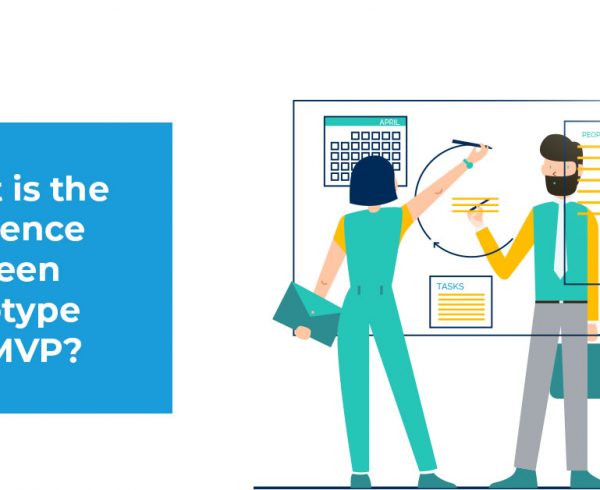In this fast-paced world where consumers want services delivered at lightning speed, how can enterprises keep pace? There is tremendous pressure on IT companies to meet this demand and develop and deploy software applications in a short span of time. This is where organizations can adopt low-code and no-code development solutions as alternatives to the traditional method.
Table of contents:
1. What is Low-code no-code?
2. Advantages of Low-code no-code
3. Disadvantages of Low-code no-code
Imagine you are a small business owner and you need a custom application to manage your inventory and sales. In the past, this would have required hiring a software development team or outsourcing the project to a development company. This could be expensive and time-consuming, and you may not have had the technical expertise to manage the development process.
However, with the rise of low-code and no-code platforms, creating custom applications has become more accessible to businesses of all sizes. Using a no-code platform, you can create an application that meets your specific business needs without any programming knowledge.
What is Low-code no-code?
Low-code platforms provide visual interfaces and pre-built components that allow users to create applications through drag-and-drop and other graphical tools. These platforms often require some programming knowledge, but the emphasis is on simplifying the process of application development. No-code platforms take this a step further by providing a completely code-free environment for building applications. Users can create applications through visual interfaces and pre-built templates without needing any programming knowledge. Therefore this approach is most suitable in times of skilled resource crunch or tight delivery deadlines.
One of the main advantages of low-code and no-code platforms is their ability to accelerate the development process. By removing the need for manual coding, developers can create applications much faster than with traditional coding methods. This can be especially valuable for businesses that need to quickly create and iterate on applications to meet changing market demands.
Popular Low-code no-code platforms
- Appian
- OutSystems
- Mendix
- Microsoft PowerApps
Advantages of Low-code no-code
1.Faster development and release of application
Due to drag-and-drop functionality, reusable components and ease of creating the application, delivery of applications speeds up.
2.Reduced cost
This approach is cost-effective as it involves fewer resources or teams with no technical knowledge, and reduced maintenance and infrastructure costs.
3.Higher efficiency
Smaller teams and lesser development efforts to build the application result in increased efficiency.
4.Better collaboration
There is better coordination and collaboration across IT, DevOps and business teams as they can work effectively due to fewer technicalities involved in the low-code and no-code environment.
Disadvantages of Low-code no-code
1.Shadow IT risk
As there is very little or no involvement of IT teams, it could cause less visibility and monitoring of the data and app being created. This can increase the risk of Shadow IT.
2.Security risk
The dependence on low-code no-code platform providers can lead to security risk and vulnerability due to no control and governance by the IT team.
3 . Customization limitations
While pre-built components can make development faster, they may also restrict the range of features and functions that can be included in an application.
Conclusion:
Industry experts believe that though low-code and no-code development is being adopted by an increasing number of IT companies, it won’t replace the traditional development approach completely. However, use cases of low-code no-code approach will definitely see an uptrend in the future.
Ultimately, the best approach may be to use low-code and no-code platforms in conjunction with traditional coding methods. By combining the strengths of both approaches, businesses can create applications that are faster to develop, more customizable, and easier to maintain in the long run. As the software development industry continues to evolve, it will be interesting to see how low-code and no-code platforms are integrated into the development process.










